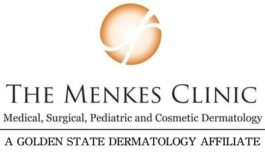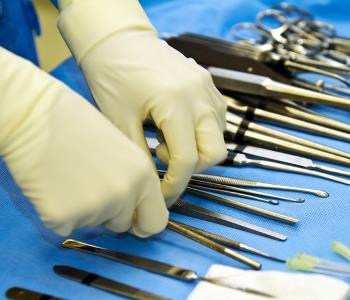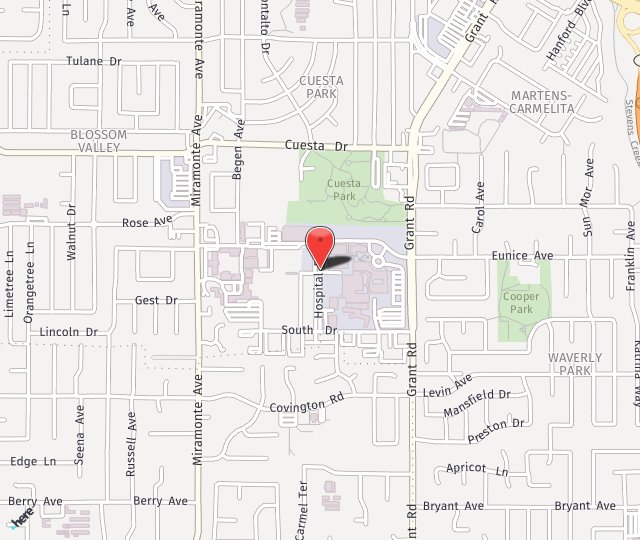
The key is to examine only the bottom and the edges of the tumor that was removed, utilizing a “map” of the tissue as a guide. The tissue is stained with various color dyes so the surgeon can determine the exact location of any portion of the tumor that may have not been removed, if indeed any portion of the tumor is inadvertently left behind. The surgeon can then go back to the patient and remove more tissue at that location, and then re-examine this second piece in an identical manner. This process is repeated until no more tumor is seen in the processed frozen sections. At that point, the tumor is declared “clear”.
Mohs Surgery is an excellent adjunct to our treatment of skin cancer. The question, of course, is when to utilize this technique. Many skin cancers can simply be removed using simple visualization of what appears to the experienced skin cancer surgeon to be the edge of these tumors. This simple technique, called “excision”, which is usually followed by suturing closed the wound, can cure a large majority of skin cancers.
- Specialized skin cancer surgical technique
- Developed by Dr. Frederic Mohs in 1940s
- Tumor margins are checked while the patient waits
Is Mohs Right For You?
There are definite circumstances when the Mohs technique would be preferable, and here is where the judgment of the surgeon is indicated. Mohs surgery is indicated for situations where the tumor has been removed previously and has recurred at the same site; or if the edges of the tumor are too difficult to ascertain by simple visual inspection; or if the tumor has features under the microscope that make it more likely to recur if the Mohs technique is not utilized; or if an extremely precise removal of tissue such as the Mohs technique offers significant advantages such as on portions of the nose.
In our practice, the majority of skin cancers are removed by excision and only rarely recur. But at those times when Mohs surgery is indicated, it is an extremely helpful and gratifying technique.
- Recurrent skin tumors
- Skin cancers with edges that are difficult to visualize
- Tumors with aggressive features under the microscope
- Cosmetically difficult tumor location (e.g., nose, eyelid, lip, ear)
- Majority of skin cancers can be removed with conventional surgery with no recurrence
Dr. Menkes and Dr. Soohoo have advanced training and experience to help you manage your skin cancer diagnosis and treatment. Contact our office today for your visit.



